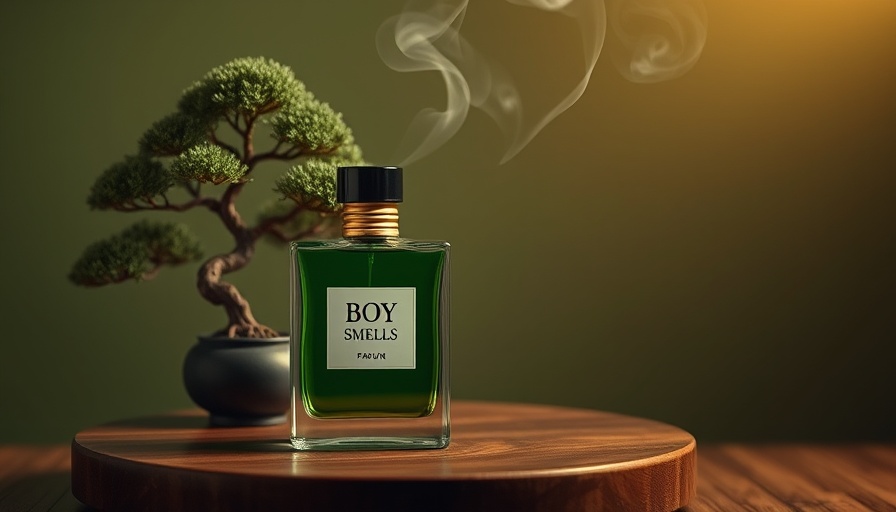
Rebranding in a Changing Market: What it Means for Consumers
With the recent rebranding of Boy Smells, a label once admired for its bold and adventurous fragrance offerings, there has been a flurry of mixed reactions—especially among loyal consumers. The fragrance brand recently unveiled a fresh, Gen Z-oriented look that, according to many, strips away the uniqueness that initially captivated its audience. Especially for conscious consumers and women over 35, it raises questions about authenticity in branding and product identity.
Lost Identity: The Consumer Backlash
Boy Smells, initially known for its edgy fragrances like Cowboy Kush, has been accused of sanitizing its identity to appeal to a younger demographic. Many fans are expressing their discontent online, arguing that the quirky essence of the brand has been replaced with more generic offerings. As influencer Daisy Alioto noted, the new aesthetic appears to cater to TikTok trends rather than maintaining the brand's unique spirit, leaving long-time customers feeling alienated.
The Balance between Market Trends and Brand Integrity
In an effort to reinvigorate sales—especially after the brand reportedly experienced a struggling sales trajectory—Boy Smells enlisted the help of advertising agency General Idea, which has worked with other prominent fragrance brands. Their approach involved a redesign that aligns with contemporary expectations, such as round caps and simpler names like Rosy Cheeks and Coco Cream. While the updated fragrance formulas promise better longevity, many loyal consumers feel that sophistication and creativity have taken a backseat, compromising the brand’s original identity.
Community Responses: A Call for Authenticity
The reaction on social media channels reflects a larger discourse around authenticity versus trend-chasing in brands. Particularly, conscious consumers often seek out brands that resonate with their personal values. Boy Smells’ email response indicates engagement with their community, suggesting that they still consider themselves a queer-led brand. However, the question remains whether this rebrand reflects an understanding of their supporters' desires or merely taps into current market trends. Such discussions highlight the emotional connection consumers have with brands that intrigue and inspire them.
What Lies Ahead for Boy Smells?
As the company moves forward, it must navigate an intricate landscape of evolving consumer expectations while still honoring its roots. With their best week of sales reportedly following the rebrand, Boy Smells is seemingly poised for growth. However, the real challenge lies in maintaining their essence while appealing to a broader audience. This balancing act will be crucial as they craft future products and marketing strategies.
A Final Thought on Brand Evolution
For consumers, the evolution of a brand like Boy Smells serves as a poignant reminder of how marketplace pressures can shape cultural products. While it’s valid for brands to adapt, it's equally important for them to stay true to what made them beloved. For those interested in maintaining awareness of brands that support queer identities, staying engaged through community feedback is essential in guiding these market players.
 Add Row
Add Row  Add
Add 




Write A Comment